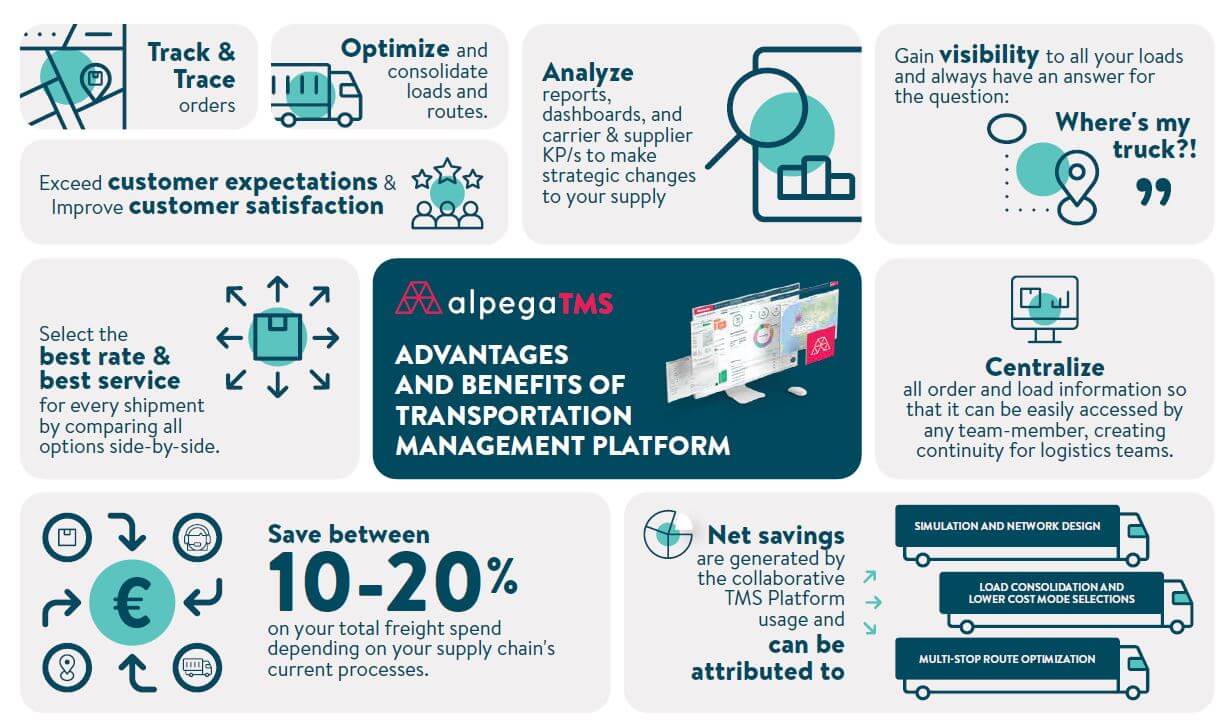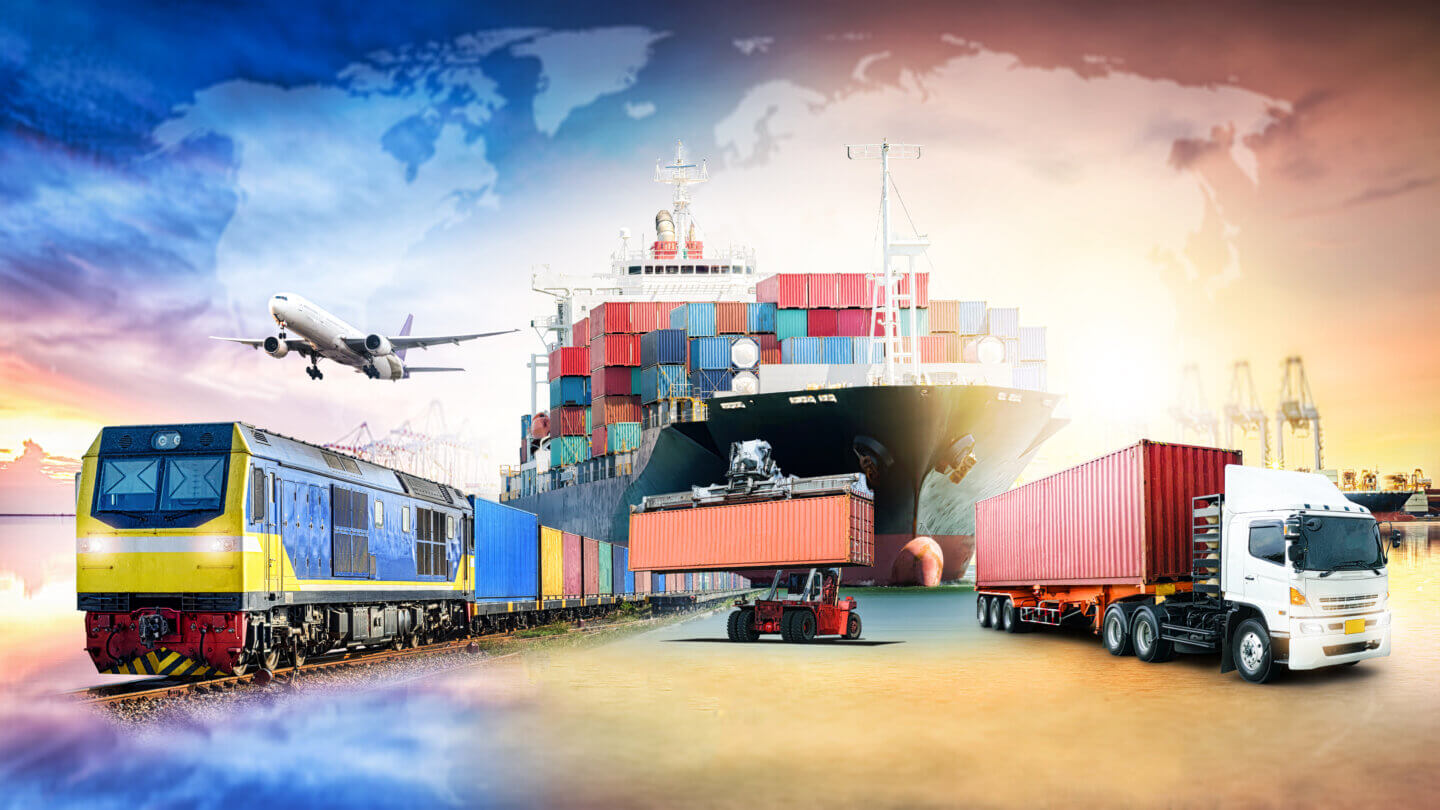Top five biggest challenges to your logistics in 2024 – and how to tackle them
The uphill battle that the supply chain industry faces has been mainstream news for several years now because of its widespread impact. While promises of an AI-facilitated revolution on the horizon continue to be made, the transport and logistics sector is far from out of the woods. With help from experts at leading transport management system provider Alpega, TechHQ takes a look at the top challenges impacting supply chains in 2024.

Source: Alpega Group
Biggest challenges for supply chains in 2024
-
Labor shortages
The logistics industry has been grappling with a labor shortage for a number of years, with around 17 percent of driver positions remaining unfilled in Europe. An aging workforce – only 9 percent of lorry drivers in the EU are under 30 – lack of interest from young people, and increasing demand for logistics services due to e-commerce have all led to a crisis point, and there are few signs that this will significantly change in the coming year. In fact, data from the International Road Transport Union suggests that driver shortage will double by 2028. Finding the right people, at the right time, at the right price to move goods has become a daunting global challenge in the industry.
-
Stricter environmental regulations
This month, the EU’s Emissions Trading System (EU ETS) cap was extended to cover carbon dioxide emissions from all large ships entering EU ports. The Carbon Border Adjustment Mechanism (CBAM), which places a price on carbon-intensive imported products, is also being phased in, while shippers must now disclose their Scope 3 emissions via the Corporate Sustainability Reporting Directive (CSRD). This is on top of the European Sustainability Reporting Standard (ESRS) demands, which will be in force at the start of 2025. While these restrictions are good for the planet, they put pressure on supply chain operations to adapt swiftly, reconfigure transportation modes, and invest in sustainable practices to reduce carbon footprint.
-
Siloed logistics
Supply chains often fall victim to data silos, isolated pockets of information trapped in internal systems, which complicate access to data. Each sector in the supply chain—such as port facilities, rail networks, or road transporters—tends to operate independently. A lack of integration and investment in organization-wide visibility can impede the flow of information across the supply chain. The effect is data bottlenecks which hinder data analysis and informed decision-making. According to the International Data Corporation, incorrect or siloed data can lead to losing up to 30 percent of a company’s annual revenue.
-
Global crises
Since 2020, the world has witnessed a pandemic, soaring inflation rates, wars in Ukraine and Gaza, and natural disasters that wrought havoc on supply chains. Most recently, attacks on commercial shipping vessels in the Red Sea have caused the price of sending goods worldwide to spike. None of us have a crystal ball, so it is impossible to see what is in store for the coming year. However, the ripple effects of these unprecedented global events continue to be felt across industries and supply chains. Delays, rising freight costs, sourcing difficulties, and labor shortages have left a lasting impact on how businesses operate and navigate uncertainties. They will need to remain agile and prepared to ensure they can withstand shocks and minimize the impact of disruptions.
-
Complexity of global networks
Supplier networks are becoming increasingly complex and have been for some time. The expanding global marketplace, evolving consumer demands, and quest for cost efficiencies have contributed to the proliferation of supplier relationships. A more extensive network brings about more vulnerability to disruption from global events, while managing relationships and ensuring quality standards become progressively difficult.
Without concurrent growth in visibility, the significant costs associated with a complex supply chain are hard to identify and reduce. According to KPMG, two-thirds of global business leaders emphasize increasing visibility into their supply chains to maintain operational stability. Another 2023 study found that improving supply chain visibility is the number one business priority for manufacturing leaders.
The future of transport management
Transport Management Systems (TMS) can help address the various challenges faced by the logistics industry. They offer solutions to labor shortages by automating freight procurement processes, enabling companies to allocate their resources efficiently. A TMS helps enhance workforce productivity, enabling leaner teams to focus on crucial tasks like training the next generation of logistics professionals and future-proofing the industry.

Source: Alpega Group
Stricter environmental regulations are met through TMS capabilities in optimizing routes to reduce carbon emissions, and they address siloed logistics by providing a platform for connected ecosystems and seamless data flow. A TMS helps strategize alternative routes, manage sourcing difficulties, and navigate other challenges, thereby minimizing the impact of disruptions on operations. By centralizing and streamlining supplier relationships, a TMS helps businesses manage complex networks effectively. The improved visibility it offers allows for better risk assessment, quality control, and cost reduction strategies across the supply chain. In fact, 79 percent of supply chain leaders now implement dashboards to provide end-to-end visibility – a 12 percent increase over 2022.
The Alpega solution
Alpega emerges as an instrumental solution in addressing the critical challenges plaguing supply chains in 2024. In the face of labor shortages, Alpega TMS streamlines logistics by offering a comprehensive platform that optimizes transport tenders, automates scheduling, and facilitates cost management. It alleviates the burden of finding suitable personnel by enhancing operational efficiencies through automation, reducing reliance on scarce resources. Alpega TMS is unique in offering access to over 85,000 pre-qualified carriers through its Freight Exchange network.
In response to stricter environmental regulations, Alpega integrates sustainability into supply chain practices, aiding companies in swiftly adapting to carbon emission requirements. Its Real-Time Visibility Network and Transport Cost Management features equip businesses to monitor and control emissions, minimizing their carbon footprints. The Reusable Packaging Management feature enhances packaging processes, reducing waste and promoting the reuse of materials.

Source: Alpega Group
Alpega’s platform actively combats siloed logistics by providing end-to-end functions, like real-time shipment tracking, that ensure seamless flow of information across the supply chain, mitigating data bottlenecks and fostering informed decision-making.
This year, Alpega will launch its ‘Business Transport Excellence’ platform, bringing together all its solutions for both manufacturers and carriers to improve end-to-end visibility. Amid global crises and the complexity of global networks, Alpega offers a scalable and collaborative platform that increases resilience through powerful analytics, collaboration, and shipment visibility.
Alpega TMS stands as a crucial ally for companies aiming to combat challenges, offering a holistic approach to optimizing supply chain operations in a sustainable and efficient manner. Customers benefit from an up to 25 percent reduction in transportation costs and up to 15 percent reduction in IT spending. To discover more about how Alpega TMS can take your business to the next level in 2024, sign up for a free demo.









